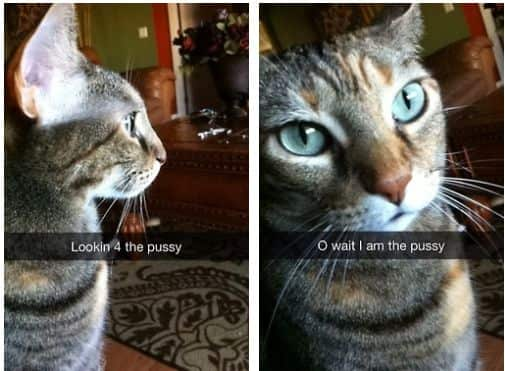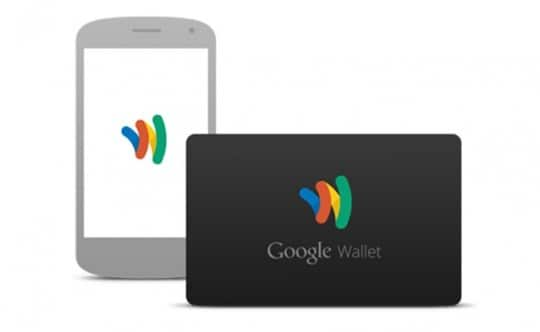Snapchat exploded in mid-2012, hooking in new users with a promise that the pictures and videos sent would disappear from the recipients’ phone after ten seconds. While observers of digital culture lauded a new age of ephemerality and technology experts discovered that Snapchat wasn't as secure as it appeared, moral guardians bleated about their teenage children sending sexy snaps to each other.
A recent study indicated that despite moral panic, people overwhelmingly use Snapchat to send the same kind of pictures that flood other social networks; selfies, food snaps and pictures of fluffy animals. And now there’ll be something else to exchange. Yesterday the company announced Snapcash, a service that promises to make transferring money between friends as easy as sending a text message. You simply save your card details, type in the $ symbol followed by a number and hit send. It will be available to any user over the age of 18 with a debit card. It’s powered by Square Cash, a transfer app which will plug in to Snapchat’s enormous user base and brand appeal to popularise mobile cash transfer.
Yesterday the company announced Snapcash, a service that promises to make transferring money between friends as easy as sending a text message. You simply save your card details, type in the $ symbol followed by a number and hit send. It will be available to any user over the age of 18 with a debit card. It’s powered by Square Cash, a transfer app which will plug in to Snapchat’s enormous user base and brand appeal to popularise mobile cash transfer.

This is a bigger technological advance than it might appear at first. A handful of apps have been trying to take over the money transfer market for years, with varying levels of success.
Paypal has always allowed users to transfer money among themselves, but apps have been slow to follow. Paypal paired with Bump Pay in 2012, which allowed users to transfer cash by simply ‘bumping’ their phones together. The technology was originally created for Bump employees to split restaurant bills. Only a year later Google acquired Bump and discontinued the app in order to focus on new projects at Google.
Google Wallet allows users to send money through Gmail attachments, although the service is currently only available to US residents. While Apple Pay was one of the iPhone 6’s key selling points, it only allows users to pay for goods and services rather than to transfer cash through their contacts. A handful of other apps – Venmo and Square Cash being the most prominent – have also tried to make money transfer more simple, both with both requiring both the sender and recipient to have an account, neither have the customer base to break through. In this context, Snapcash represents a breakthrough, both in terms of the ease of transfer and the size of the existing user base. In the hours since its announce, two main issues have appeared to capture the attention of tech journalists.
In this context, Snapcash represents a breakthrough, both in terms of the ease of transfer and the size of the existing user base. In the hours since its announce, two main issues have appeared to capture the attention of tech journalists.

The first is an extension of an issue which has plagued Snapchat since infancy; that despite the ephemerality and security which was its entire reason for existence. Snapchat is actually not particularly secure. The Electronic Frontier Foundation’s ‘Secure Messaging Scorecard’ awarded the app only two out of a possible seven points. The addition of sensitive banking information, along with sensitive pictures, adds another element of risk of which users are likely unaware.
The second is more complicated. As Motherboard asked this morning; did Snapchat just accidentally monetise nudes? This could have huge ramifications for sex workers and cammers who use social networks for marketing and sales, potentially cutting out a middle man and making the process of selling nude pictures or video far easier.
Snapchat’s marketing has not made reference to this potential, focusing instead on the easy of transferring cash to friends and splitting bills.
Snapcash is not yet available to Australia, but what is available is the genius insanity of their promo video. Enjoy.


